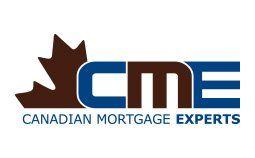the right broker for you.
Contact Us
We will get back to you as soon as possible
Please try again later
Contact Us
We will get back to you as soon as possible
Please try again later
Does the Bank have your Back?
If your mortgage is coming up for renewal, you’re probably keeping a close eye on rates. But it can be a little bewildering to see the banks offering a bunch of different rates.
If you’re left wondering why, the short answer may be a little harsh. The banks offer different rates because they can, and consumers are brainwashed to believe the banks have their best interest
So what can you do to get the best rate? To start, know that the bank does not have your best interest. Then, reach out to a mortgage broker for help.
A mortgage broker has no bias opinion on what lender they’re going to use. A reputable broker doesn’t care where they put the mortgage and has multiple lenders to choose from and compete for your business.
If you’re about to embark on the renewal process, you might want to try this approach. Tell your bank you’re working with a top mortgage broker and you intend to call them bank every day to get their best five-year fixed and variable rate.
If your mortgage broker can’t beat the rate, you’ll likely be advised to stay there. However, most of the time, your broker will be able to get you a better rate, just based on the number of different lenders in which they have access.
When you go back to your bank, and they decide to match the new lower rate, you have to ask yourself an important question: If they really valued your relationship, why didn’t they just offer you that rate in the first place?
With a bit of homework and proper broker, nine out of 10 times they can get you a better rate.
Lastly, you need to keep in mind a mortgage is more than just a rate. You need to consider the personality of your mortgage, and certain aspect like the penalties to break the mortgage and if it’s portable. These are things a mortgage broker can help you figure out. Contact any of our Canadian Mortgage Experts for more information!
This article was originally published as part of the DLC Newsletter in October of 2018.


QUICK LINKS
HEAD OFFICE

Copyright © 2023 DLC Canadian Mortgage Experts. All Rights Reserved | Privacy & Content Policy

